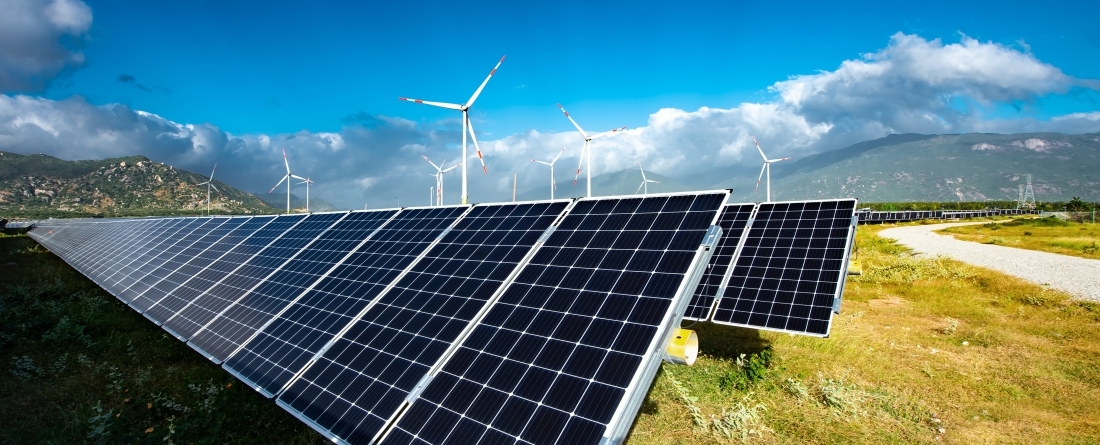
New paper combines results from 9 leading models to examine key IRA provisions
Economy-wide emissions drop 43 to 48% below 2005 levels by 2035 with accelerated clean energy deployment
Bistline, J., G. Blanford, M. Brown, D. Burtraw, M. Domeshek, J. Farbes, A. Fawcett, A. Hamilton, J. Jenkins, R. Jones, B. King, H. Kolus, J. Larsen, A. Levin, M. Mahajan, C. Marcy, E. Mayfield, J. McFarland, H. McJeon, R. Orvis, N. Patankar, K. Rennert, C. Roney, N. Roy, G. Schivley, D. Steinberg, N. Victor, S. Wenzel, J. Weyant, R. Wiser, M. Yuan, A. Zhao. (2023) . Emissions and energy impacts of the Inflation Reduction Act. Science 380, 1324-1327. https://www.science.org/doi/10.1126/science.adg3781
If goals set under the Paris Agreement are met, the world may hold warming well below 2°C (1); however, parties are not on track to deliver these commitments (2), increasing focus on policy implementation to close the gap between ambition and action. Recently, the US government passed its most prominent piece of climate legislation to date—the Inflation Reduction Act of 2022 (IRA)—designed to invest in a wide range of programs that, among other provisions, incentivize clean energy and carbon management, encourage electrification and efficiency measures, reduce methane emissions, promote domestic supply chains, and address environmental justice concerns (3). IRA’s scope and complexity make modeling important to understand impacts on emissions and energy systems. We leverage results from nine independent, state-of-the-art models to examine potential implications of key IRA provisions, showing economy-wide emissions reductions between 43 and 48% below 2005 levels by 2035.
